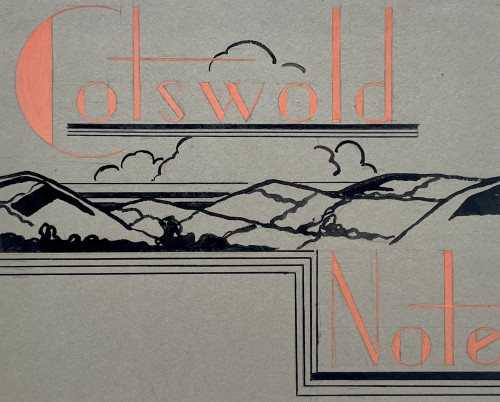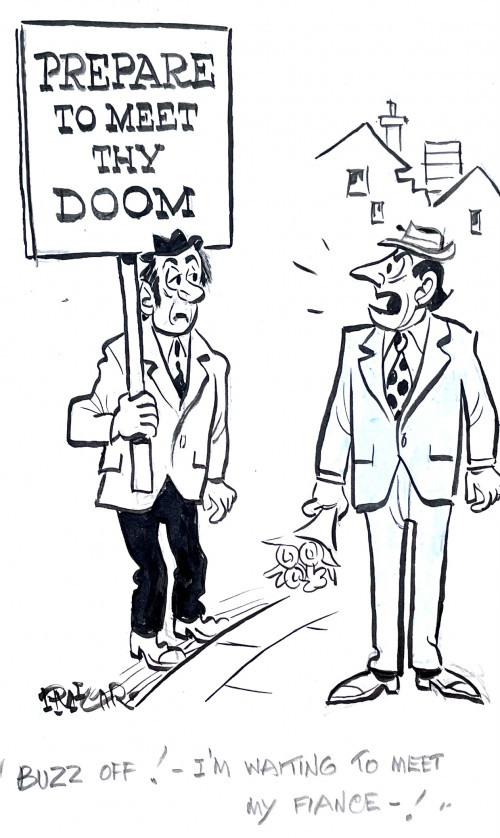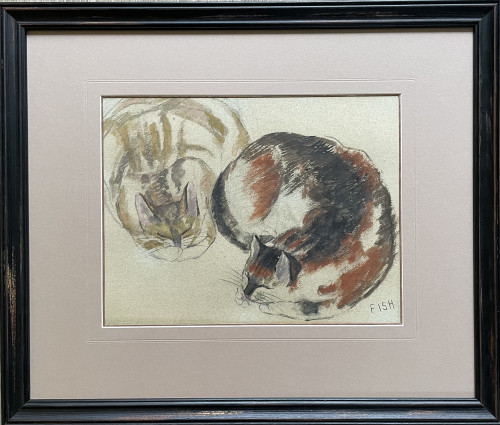- HOME
-
- View All Items
- New Arrivals
- Featured Items
- Artists
-
- View All
- Contemporary
- Birmingham School
- Cotswold Group
- Landscape
- Urban Townscape
- Abstract
- Animals/Birds
- Arts & Crafts
- British Impressionist
- Botanical
- Design/Industrial
- Fantasy/Fairy Subjects
- Female Artists
- Figurative
- Historical
- Illustration/Cartoon
- Marine
- Military/War Artist
- Modern British
- Pre-raphaelite/ Romantic/ Aesthetic
- Nude
- Portrait
- Prints
- Scottish
- Sculpture
- Sporting
- Still Life
- Theatrical
- Interiors/Architectural
-
ARCHIVE
Genre
- View All
- Contemporary
- Birmingham School
- Cotswold Group
- Landscape
- Urban Townscape
- Abstract
- Animals/Birds
- Arts & Crafts
- British Impressionist
- Botanical
- Design/Industrial
- Fantasy/Fairy Subjects
- Female Artists
- Figurative
- Historical
- Illustration/Cartoon
- Marine
- Military/War Artist
- Modern British
- Pre-raphaelite/ Romantic/ Aesthetic
- Nude
- Portrait
- Prints
- Scottish
- Sculpture
- Sporting
- Still Life
- Theatrical
- Interiors/Architectural
- ARTISTS
- Online Exhibitions
- Events
- About
- Contact
- Home
- Medium
- Watercolour & Drawing
- Pencils, Pens and Nibs
Pencils, Pens and Nibs
Pencils, Pens and Nibs
The inscriptions read: Pencils, Pens, nibs and their uses for her guidance. To Miss Urquart from John Ward, August 1962 To mark a night spent at Tibberton, July 1962 The Quill Used mostly by scribes now and has become one of those tool about which there is inclined to be more ritual (about cutting ”“ bird etc) than use. Quills with long feathers are used mostly by film stars. The Lead Pencil The most difficult of drawing mediums to use well. Rubbers ”“ alas, go with pencils like mint sauce with mutton. Better to use chalk and pen. Ingres used pencil well and you have to be very very good not to produce something very dull & ugly in colour. Blotts ”“ have to be lived with. Sometimes can be incorporated into the drawing. Robert Cozens used to begin his drawings sometimes with blots. Steel Pens (Best stolen from Post Offices) All this is drawn with a steel nib ”“ Gillots 303, a nib I discovered when working for your father. Excellent for drawing. Indian ink should be watered with boiled or distilled water ”“ it is nicer to draw with and less harmful to the carpet than the neat product. Sharpened Matchstick Charles Keen, the great Victorian draughtsman used this and it is capable of great delicacy and variety of line. Reed Pens Used by Rembrandt and Van Gough. The bamboo cut to form a nib with a reservoir. Gives a fine flourish and by varying the strength of the ink can be very colourful Fountain Pens Are for fat uncles to write fat cheques for fine females. Ruling Pen are beautiful instruments and must be kept clean. Used with great skill by draughtsmen of the Corps of Royal Engineers! Flowmaster Disgusting affairs-some kind of relation of the kitchen mop. Rapidographs To be avoided unless there is an engineer or plumber in the family. Biros for sketchbooks and harassed housewives. Razor Blades Most important for correcting drawing and lightening dark shading. Discourage electric razors in the family. Watercolour Used as ink can be very effective Ward was born in Hereford, where his father, Russell Stanton Ward, ran an antiques shop and restored paintings. He studied at the Hereford School of Arts and Crafts before winning a place to the Royal College of Art in 1936, where he studied under Gilbert Spencer, Charles Mahoney and Alan Sorrell and won the prize for drawing. During World War II he served in the Royal Engineers, using his drawing skills to design pillboxes, and later taking part in the D-Day landings. He was posted to Belgium after the war before returning to the Royal College to graduate in 1946. Ward worked as a painter, illustrator and teacher, happy to work in oils, watercolour, pastel and pen and ink. He painted portraits, landscapes, interiors and architectural subjects, undertaking portraits of members of the royal family, businessmen and celebrities including the Princess of Wales, the Princess Royal and the christenings of Prince William and Prince Harry. Fifteen of his portraits are in the collection of the National Portrait Gallery and he held one man shows at Agnew’s and the Maas Gallery. As a prolific illustrator he worked on guides to Herefordshire and North Yorkshire and produced illustrations for Vogue magazine from 1948 to 1952 and illustrated many books including Laurie Lee’s Cider with Rosie (1959) and H E Bates’s The Darling Buds of May (1958). As a teacher he gave lessons in drawing to the Prince of Wales and taught at for a time at Wimbledon School of Art. In 1956 he became an associate member of the Royal Academy, being elected a full member in 1966. He was a Trustee of the Royal Academy from 1985 to 1993. In 1997 he resigned from the Royal Academy in protest at the Sensation exhibition and never rejoined. He exhibited at the Royal Academy, Royal Watercolour Society, Royal Society of Portrait Painters and elsewhere and is represented in many public collections. This charming and very personal explanation of drawing techniques was given to the young and aspiring artist, Jane Urquhart, the daughter of General Ronald “Tiger” Urquhart, Ward’s Commanding Officer in the Royal Engineers and close friend. Jane Urquhart was an extremely talented and intensely exact artist who spent some time working in Ward’s studio in 1966-7, however she was plagued with mental instability and tragically took her own life in 1983.
Dimensions:
Thank you for your enquiry.
We will get back to you soon.
Please create wishlist to add this item to
RELATED ITEMS
















